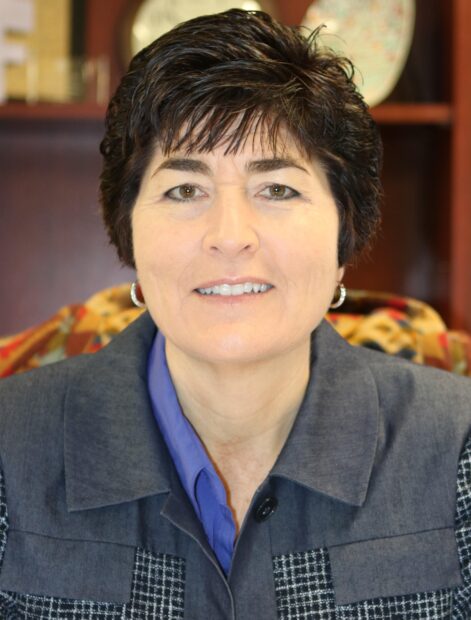CALDWELL —The Caldwell schools trustees unanimously resolved to readopt its “Resolution on School Age and Accountability Requirements” at Monday’s board meeting.
This motion proposes that all Idaho high school students either remain in school or be homeschooled until the age of 18. (This does not apply to students that graduate early or earn their GED.)
Caldwell trustees, for a second time, will seek representation for this resolution to raise the required school age to 18 at the 2024 legislative session. At present, Idaho Code 33-202 requires that students between the ages of 7 and 16 attend school. The school board brought this forth to make sure that “our youth to be better prepared for their future,” according to an email from district communications.
In addition, trustees hope to resolve the conflict created by penalizing schools when student dropouts don’t graduate.
“Ultimately, our future is brighter when our youth graduate with their diploma,” Caldwell communications officials told EdNews.
Caldwell trustees first proposed ISBA Resolution No. 3 in 2022 when it received overwhelming support from other Idaho school boards.

“We need our students in school, or parents are to be expected to homeschool their children if they are going to allow them to drop out at 16 or 17,” superintendent Shalene French said during the board meeting. “Otherwise, they become a student that we receive back and it becomes quite a challenge for them to move forward.”
Trustees reiterated their support for ISBA Resolution No. 3 on Monday.
“I think it’s an important conversation to have,” trustee Travis Manning said. “There is a disparity there between some of the state requirements and there’s ambiguity. Unfortunately, the school is still held accountable for the graduation rates (the non-graduation rate) and they (the students) are missing out on a lot of opportunities, as outlined in this particular resolution.”
ISBA Resolution No. 3 asserts that age 16 is the beginning of a bridge towards college, technical training and/or a career. Its main points include:
- Students sit for a required college entrance exam typically in 11th grade, when most students are older than 16.
- Idaho high schools are accountable for 90 percent graduation rates, but this includes two years when most public school students are older than 16.
- Idaho’s high schools are also accountable for college and career readiness as measured by student participation in: Advanced Placement, Dual Credit, international baccalaureate, and career technical courses. Students complete most of these during senior year when they are 17 years or older.
- College and career readiness also requires student acquisition of industry-recognized professional or technical certifications, usually completed in 12th grade when most students are 17 years or older.
“For me, it’s like putting guardrails up for the students who might go, ‘Well, I’m 16 so I can or could, or should, or would…’ and it’s like, ‘No, stick it out. Stick it out until 18,” trustee Patricia Robinson said Monday.
These “guardrails” would be there to protect students from themselves and from parents, Pesina said in a personal anecdote.
“Back in the day, 40 years ago, my dad assumed I had to be in school until I graduated,” Pesina said. “Had he known that he could pull me out at 16, he would’ve, so that I could go work in the fields. I’m glad he didn’t know better. That’s the guardrail. It’s important because there are kids out there who do want to achieve and to keep going, that they are able to.”
After readoption, the Caldwell board has until July 31 to notify ISBA deputy director and government affairs affiliate Quinn Perry to bring the resolution to the ISBA board. Then ISBA members will vote on whether to support it or not at the ISBA convention in November.
